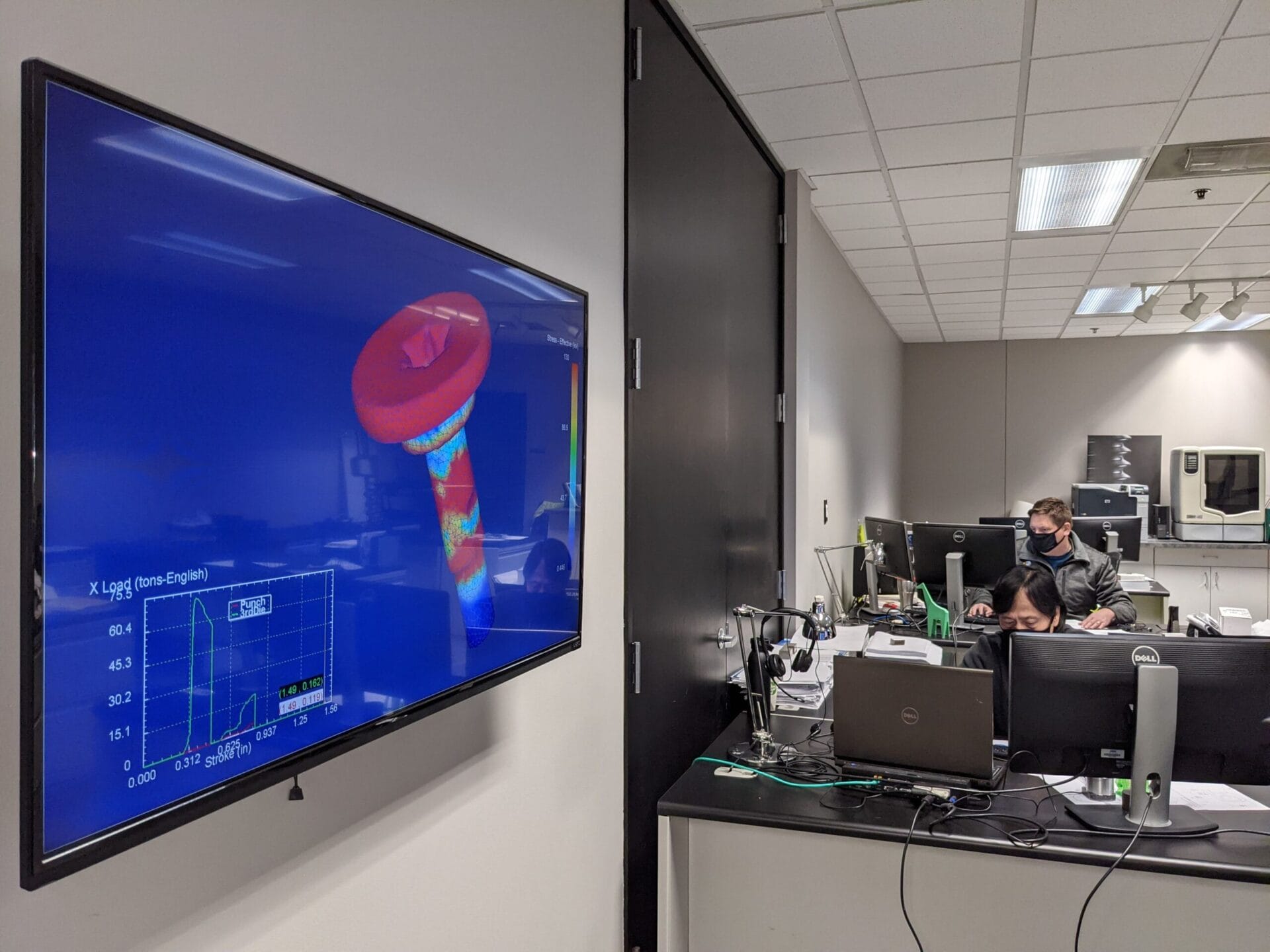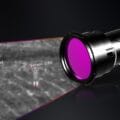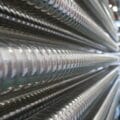There are a number of benefits to utilizing engineering and quality services, from enhancing the efficiency of fastener concepts all the way through to the final product and ensuring the products meet desired quality and engineered requirements for the assembly line.
In our latest Optimas Toolbox Talks podcast, contributors Graeme Bassett (VP, APAC), Greg Babinec (Applications Engineer, US), Jonathan Christopher (Quality Director, UK) and Stuart Katz (Marketing Director, US) compiled five key reasons why manufacturers should utilize engineering and quality services.
- Incorporating Engineering Support – the Earlier the Better
“Utilizing engineering and quality services correctly and as early as possible in the product life cycle will help maximize the efficiency of the original concept,” said Babinec.
Engineering and quality services focus on reducing costs at each stage of the products life cycle, so the earlier you start to implement functional improvements, the general manufacturability of the part or even improve the efficiency in assembly, it’s likely you will see a greater reduction in costs. This is called quality before the fact.
These services can support after the fact too. When the design is frozen in production, engineers can support in troubleshooting problems with a part and address issues affecting the production line, however if you incorporate engineering expertise at the start of the product life cycle you could avoid these issues.
- Let the Experts Standardize Your Parts for Better Profitability
“We have seen an increase in our customers moving away from sending a drawing and asking for a quote. There has been growth in customers providing us with a brief and requesting to utilize existing, live parts from our database that will fit their design needs,” commented Bassett.
By recommending existing parts, which speeds up the time to market since the parts are already in stock, the engineering approach prevents part proliferation, avoids new tooling, and shortens lead times. Customers can access a product database to view and download 3D models for testing in their designs. From a cost perspective, this helps customers bring products to market quickly with tried and tested designs. Standardization drives cost savings and greater profitability for customers.
Why spend time on creating new drawings? Partnering with a distributor who has the engineering expertise to suggest in-stocks parts can help eliminate tooling and PPAP outlays, which again will help speed up the product-to-market process.

- Assess Production Processes to Uncover Losses
“When looking at production processes, you need to examine the complete picture.” Babinec continued, “for example, when conducting line walks, our engineering services identify areas for productivity improvement like subassembly requirements on the line or deficiencies in production line track.
“Can you implement color-coding fasteners to prevent assembly errors with similar-looking fasteners with different grades or coatings to help differentiate them and reduce production errors and costs?
“Are subassemblies done on the line? If yes, engineers could recommend a kitting solution so that parts are preassembled, which would reduce track time and increase efficiency.”
These are just a couple of examples that show the cost-savings you can achieve through incorporating engineering support for your operations and production processes.

Over the Shoulder Shot of Engineer Working with CAD Software on Desktop Computer, Screen Shows Technical Drafts and Drawings. In the Background Engineering Facility Specialising on Industrial Design
- Why You Should Partner with a Distributor who has In-House Capabilities
“At Optimas, we have set up quality laboratories around the globe because we know if we control the quality of the parts we are distribute, we can ensure the quality check process is completed much more efficiently and quicker than if we sent the same products to external quality houses. Having an additional partner to check your parts will increase time to market for your components and likely costs too,” said Christopher.
This requires customers to have faith in the process and parts you provide, and this strategy takes time to build trust as partnership continue to grow. There is certainly demand for using external quality-testing services; however, by picking a partner who can test and distribute your parts, this will help your operational efficiency in the long-term.
- Don’t Leave Fasteners Last on Your Design To-Do List
“From our experience, the parts which have had significant input from engineering and quality tend to become better quality products. It’s as simple as that. But fasteners are oftentimes the last component designed into an assembly. This can lead to engineers getting stuck and unintentionally putting themselves in corners due to design constraints. This is where our engineers provide enormous value by funneling the design of customers through standardizing parts or parts they’re already purchasing,” said Babinec.
UK Quality Director, Jonathan Christopher added: “The same is true for quality. Bad quality tends to come from the opportunity to make a mistake. So, if you can simplify your production processes by having fewer changeovers because you’re running bigger volumes of one single component instead of lots of different parts, this will translate in an improved customer experience. One component will result in less errors made on the production line, which results in a win throughout the entire process.”
Optimas is a leading global distributor and manufacturer of fasteners and C-Class components, who also provides customers with full-service solutions that can include engineering expertise and in-house quality capabilities. Even the smallest parts can make a big impact on your business. That’s why we’re focused on finding you the solutions that improve your efficiency and drive profitable growth across your enterprise.








